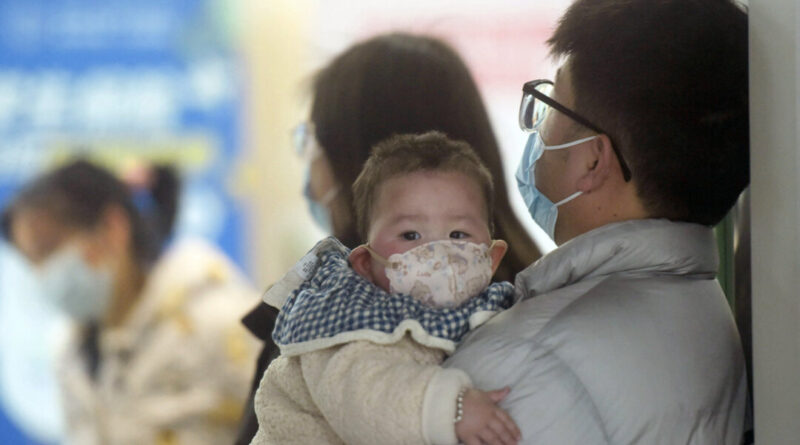WHO Report Shows Rise in Acute Respiratory Infections Across Numerous Northern Nations
Respiratory Syncytial Virus activity was found to have decreased in most regions except in North America.
A surge of respiratory illness cases has been reported in several countries worldwide, according to the World Health Organization (WHO), which also detailed the current situation in China, where there has been a jump in the number of infected people in the Northern provinces.
The WHO detailed trends related to several types of respiratory illnesses such as influenza, respiratory syncytial virus (RSV), and human metapneumovirus (HMPV).
Influenza activity was found to be elevated in several nations in Europe, Western Africa, Middle Africa, Central America, the Caribbean, and Asia.
RSV activity was described as having decreased in most regions “except in North America where RSV activity has increased.”
“Emergency department visits and hospitalizations are highest in children and hospitalizations are elevated among older adults in some areas,” the agency said.
Influenza was cited as continuing to increase and remaining elevated in most parts of the country.
The CDC deemed the overall respiratory activity in the United States to be “high.”
Respiratory illnesses have increased in recent weeks in China, the WHO said, citing data published by the Chinese regime.
“Detections of seasonal influenza, rhinovirus, RSV, and HMPV, particularly in Northern provinces of China have also increased,” the Who said.
HMPV is a respiratory virus that usually circulates in winter and spring in several countries.
Influenza-like illness activity has been rising since late 2024 in northern and southern provinces of China, the WHO said.
While the activity remains below that of the previous two years in the southern provinces, activity levels in Northern provinces are similar to what was seen during this time in the past two years, it said.
The WHO asked people living in areas experiencing winter to take precautions to minimize the risks from respiratory pathogens.
“People with mild symptoms should stay home to avoid infecting other people and rest. People at high risk or with complicated or severe symptoms should seek medical care as soon as possible,” it said.
HMPV in China and America
Chinese state-owned media China Central Television recently reported a surge in HMPV infections among children aged 14 and below.
Unverified posts have shown Chinese hospitals packed with mask-wearing patients, triggering concerns about another pandemic.
In an interview with The Epoch Times’ sister media outlet NTD, Sean Lin, a microbiologist, questioned Beijing’s lack of transparency on the matter.
“The problem is that the Chinese government didn’t provide systematic data for the outside world to understand what’s [the] real situation,” he said.
He said that the immune system of the Chinese population could have weakened due to COVID-19 infections or vaccines, leading to higher hospitalizations from respiratory illnesses in recent times. Lin called for paying special attention to bird flu mutations in China that could result in more infectious strains.
The CDC recently said it was monitoring the HMPV outbreak in China that has put neighboring nations on alert.
The agency is “aware of reported increases of HMPV in China and is in regular contact with international partners and monitoring reports of increased disease,” a CDC spokesperson said in an emailed statement to The Epoch Times. However, there is “not currently a cause for concern” in the United States, it said.
The virus spreads from an infected person to another via close personal contact such as touching, secretions from sneezing or coughing, and touching surfaces with viruses. In the United States, HMPV circulation typically starts in winter and ends sometime during spring.
“Symptoms commonly associated with HMPV include cough, fever, nasal congestion, and shortness of breath. Clinical symptoms of HMPV infection may progress to bronchitis or pneumonia and are similar to other viruses that cause upper and lower respiratory infections,” the CDC states.
Lily Zhou contributed to this report.



